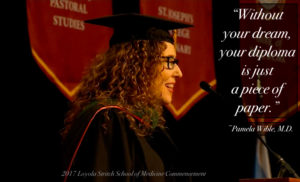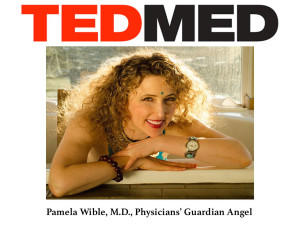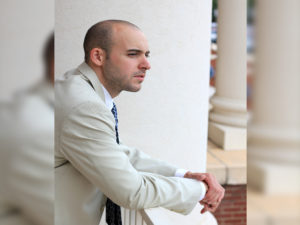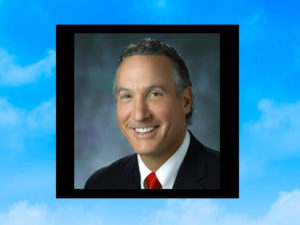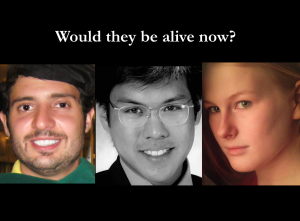I am happy to announce my forthcoming book, Pet Goats & Pap Smears: 101 Medical Adventures to Open Your Heart & Mind.
Many people have commented (both positive and negative) on the cover. Unlike advertisements that objectify women or dominate animals, this book cover celebrates and honors both women and animals. Ads often use women to sell products. Think of a sexy woman lying on a sports car or a young woman wrapped around a bottle of liquor. Selling alcohol and cars has nothing to do with nearly naked women, but performing Pap smears is about naked women. I’m a doctor. My patients are mostly women and I spend much of my day listening to women and examining their bodies.
The cover model is a medical student and she is not naked. The goat–Charity– is a therapy goat. Both enjoyed the photo shoot. In fact, Charity choreographed the shoot by getting into some very funny positions and sometimes offering us hilarious facial expressions. The woman and the goat are not cheap gimmicks. They are both congruent with the profound message of Pet Goats & Pap Smears.
Why pet goats? Many people know that I have been leading town halls nationwide to help citizens design their own ideal clinics and hospitals. As I met with people across America, pet goats were an unexpected theme in citizen testimony. And to my surprise, pet goats keep popping up in my life. The healing potential of animals is underutilized in medicine. To serve my patients, I’m willing to integrate most of their ideas into my medical practice–even if their requests seem odd to me.
Why Pap smears? A Pap smear is a screening test for cervical cancer, in which a smear of cervical cells is taken from inside a woman’s vagina. The cervix is the doorway to the womb, the birthplace of all humanity. When I’m in between my patients’ thighs looking deep inside the places where nobody has looked before, patients often tell me things that they’ve never shared with anybody. This sacred relationship between a doctor and patient is the foundation of health care.
Pet Goats & Pap Smears is more than a collection of stories. It’s a book of 101 medical adventures that have been retrieved from the deepest places inside people I have cared for. Sometimes, I’m so deep inside patients that I believe I have touched their souls. I know they have touched mine.





